Best
Versatile Mandolin Strings
-
Overall: Phosphor bronze construction for a warm, bright tone
-
Best Feature: Medium gauge for easy playability
-
TedScore™: 9/10
Best
Overall Mandolin Strings
-
Overall: 80/20 bronze construction for a bright, clear tone
-
Best Feature: Corrosion-resistant coating
-
TedScore™: 10/10
Best
Budget-Friendly Mandolin Strings
-
Overall: Popular mandolin strings provide bright & balanced tone
-
Best Feature: 80 copper & 20 zinc for a true brass tone
-
TedScore™: 9/10
Knowing the notes on your mandolin strings, no matter if you are just starting or have been strumming for years, is crucial for making music that sounds rich and full. It helps in crafting sweet tunes, creating impressive chords, and letting your imagination run wild with improvisation. With each string and note explored, new musical worlds can be unlocked. Those who are keen on improving their skills and exploring their musical creativity will benefit the most. Dive into the world of mandolin and see how this knowledge transforms your playing into something extraordinary!
With its unique eight-string design and standard G-D-A-E tuning, the mandolin is a powerhouse instrument for bluegrass, folk, and classical music. But wait, there’s more!
By exploring alternate tunings like open G, D, and double C, you can unlock a new world of sound and style on your mandolin.
So, grab your pick and let’s discover the world of mandolin string notes!
The Mandolin Notes
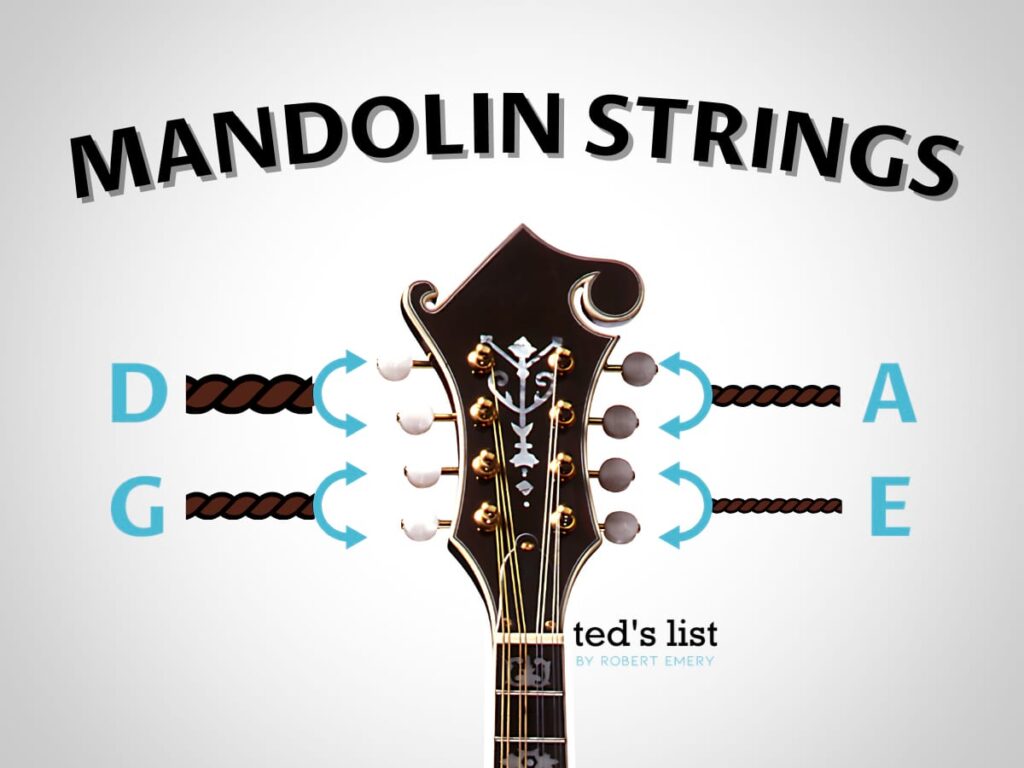
Understanding the notes is essential if you’re new to playing the mandolin.
The mandolin has eight strings; each tuned to a specific note. The strings are arranged in pairs, each tuned to the same note. The pairs are tuned to G, D, A, and E.
The mandolin notes are the same as those on a violin, tuned to G, D, A, and E. However, the mandolin is tuned in fifths, while the violin is tuned in fourths.
The G string is the lowest-pitched on the mandolin, closest to your chin when you’re holding the instrument. The other strings are arranged in ascending order of pitch, with the E string being the highest-pitched string.
When you play a fretted note on the mandolin, you play a higher pitch note than the open string. A number on the string indicates fretted notes in musical notation, which tells you which fret to press down.
The root note is the note that a chord is named after. For example, a G chord is named after the G note. When you play a chord on the mandolin, you’re playing a combination of notes, including the root note.
Standard Tuning
Standard tuning refers to the pitch of the four strings on your mandolin. The strings are tuned to the notes G, D, A, and E, from lowest to highest. The G string is the thickest string, while the E string is the thinnest.
Each string is tuned to a specific note, which means that the open strings of your mandolin will play those notes.
For example, plugging the G string will play a G note. Similarly, the D string will play a D note, the A string will play an A note, and the E string will play an E note.

Importance of Knowing the Notes
Knowing the standard tuning notes is crucial because it allows you to play chords and melodies accurately.
When you’re playing a song, you need to know which note to play on which string and fret. Without this knowledge, you’ll struggle to find the right notes and produce a harmonious sound.
Another reason why it’s essential to know the notes of the standard tuning because it helps you understand the fretboard better.
The fretboard is the long, thin mandolin part that runs along the neck. It’s divided into frets, the metal strips that run perpendicular to the strings.
When you know the notes of the standard tuning, you can identify the notes on the fretboard by counting the frets from the nut (the small, white piece at the top of the neck).
For example, if you want to play a G note on the D string, you must play the fifth fret. If you want to play a D note on the A string, you must also play the fifth fret.
Alternate Tunings
Regarding mandolin string notes, exploring alternate tunings can open up a whole new world of possibilities.
Alternate tunings involve changing the mandolin’s standard tuning, typically G-D-A-E. Changing the tuning allows you to create different sounds and chord shapes, inspiring new melodies and progressions.
Some common alternate tunings for the mandolin include:
GDAD
CGDA
GDAE
Importance of Knowing the Notes
Using alternate tunings can significantly impact the playability and sound of your mandolin.
Changing the tuning can alter the tension and gauge of the strings, which can affect how easy they are to play and the instrument’s overall sound.
For example, if you tune your mandolin to a lower pitch, the strings will have less tension and may feel looser and easier to play.
However, this can also result in a less bright and resonant sound.
On the other hand, tuning to a higher pitch can create a brighter and more resonant sound, but the strings may feel tighter and more difficult to play.
Techniques for Playing Mandolin String Notes

Various Playing Techniques
When it comes to playing mandolin string notes, there are various techniques that you can use to produce different sounds and styles. Here are a few techniques you can try:
Picking
This is the most common technique for playing mandolin string notes.
You use a pick to pluck the strings, producing a sharp, clear sound. Experiment with different picking angles and pressures to find the sound you like best.
Strumming
Strumming chords on the mandolin involves brushing your pick across multiple strings simultaneously. This technique is often used in rhythm playing and can create a fuller, more sustained sound.
Fingerpicking
Instead of using a pick, fingerpicking involves using your fingers to pluck the strings. This technique can produce a softer, more delicate sound and allows for more intricate playing.

Tips for Improving Accuracy and Speed
Whether you’re a beginner or an experienced multi-instrumentalist, there are always ways to improve your mandolin playing. Here are some tips for improving your accuracy and speed:

Playing with a metronome can help you develop a steady rhythm and improve your timing. Start at a slow BPM and gradually increase the speed as you improve.
Proper fingering is essential for accurate playing. Make sure your fingers are positioned correctly on the frets and practice moving between chords smoothly.
Scales are a great way to improve your finger dexterity and accuracy. Start with basic scales and work your way up to more complex ones.
Our Recommended Strings for Mandolin
D'Addario EJ74 Phosphor Bronze Medium 11-40 Mandolin Strings
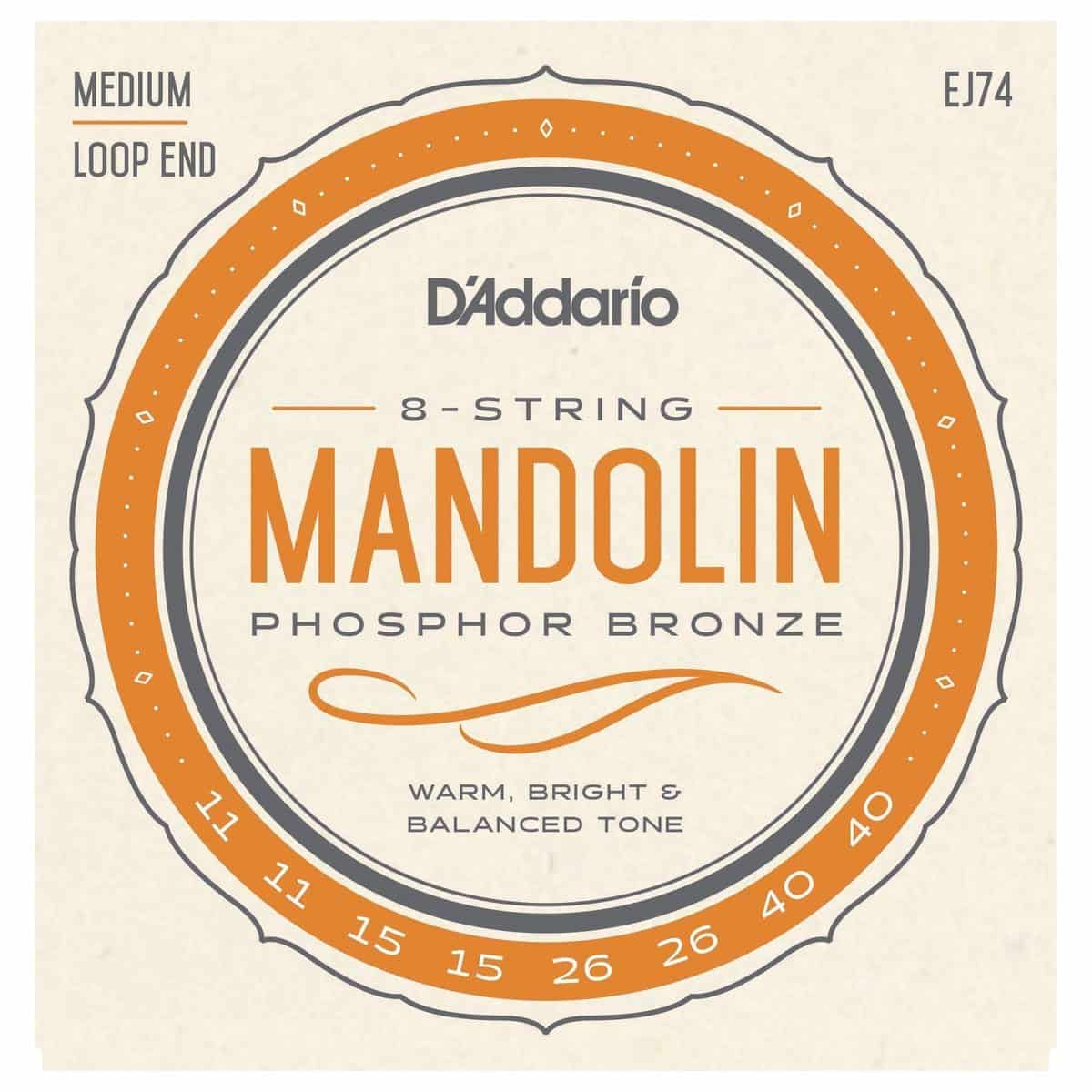
FEATURES: Hex core for increased stability and tuning accuracy
OTHER INFO: Phosphor bronze construction for warm and bright tone
- Vibrant tone that cuts through in any musical setting
- Excellent intonation and tuning stability
- Long-lasting durability for extended playing sessions
- Slightly higher price point compared to entry-level mandolin strings
When you click ‘Check Price’, you’ll see there are loads of great places to buy this item. Our personal favorite is Sweetwater for the US, and Thomann and Gear4Music for the UK & Europe.
They are the largest music retailers, with excellent customer service, competitive prices, really fast shipping, and the longest guarantees.
The professional musician who wrote this article combined many things,
from the product build, manufacturer’s reputation through to feedback
from other users, to create our famous TedScore™.
Ernie Ball Earthwood 2065 Mandolin Medium Set

FEATURES: Made from phosphor bronze for a rich, warm tone
OTHER INFO: Precision wound for excellent intonation and durability
- Balanced and consistent tone across all strings
- Easy to bend and play with smooth action
- Long-lasting, thanks to the phosphor bronze coating
- Slightly higher price compared to other string sets
- May take some time to break in and settle into the desired tone
When you click ‘Check Price’, you’ll see there are loads of great places to buy this item. Our personal favorite is Sweetwater for the US, and Thomann and Gear4Music for the UK & Europe.
They are the largest music retailers, with excellent customer service, competitive prices, really fast shipping, and the longest guarantees.
The professional musician who wrote this article combined many things,
from the product build, manufacturer’s reputation through to feedback
from other users, to create our famous TedScore™.
Martin M400 Mandolin 80/20 - Bronze Wound
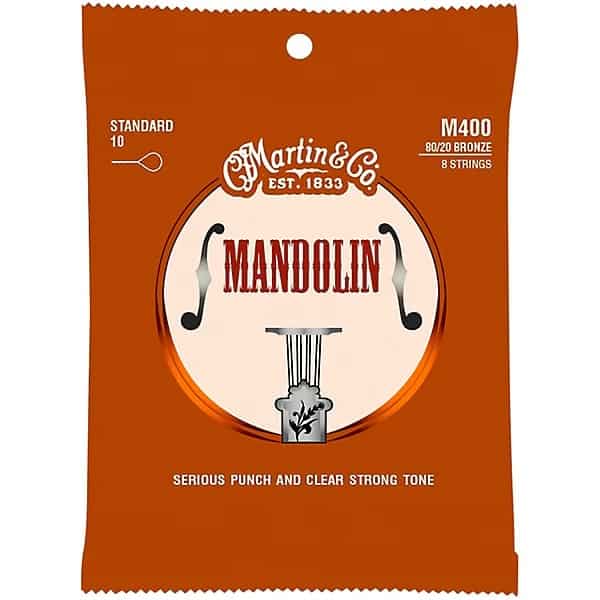
FEATURES: Loop-end Construction for Easy String Installation
OTHER INFO: Corrosion-resistant Coating for Long-lasting Performance
- Exceptional Sound Quality with Rich Bass and Clear Highs
- Excellent Projection for Live Performances
- High-quality Materials for Durability
- Slightly higher price point compared to other mandolin string
When you click ‘Check Price’, you’ll see there are loads of great places to buy this item. Our personal favorite is Sweetwater for the US, and Thomann and Gear4Music for the UK & Europe.
They are the largest music retailers, with excellent customer service, competitive prices, really fast shipping, and the longest guarantees.
The professional musician who wrote this article combined many things,
from the product build, manufacturer’s reputation through to feedback
from other users, to create our famous TedScore™.
Mandolin String Notes
Key Takeaways
Congratulations! You have now learned all about mandolin string notes. I know they’re different from the acoustic guitar, but that’s ok!
By following the tips and tricks outlined in this article, you can improve your playing skills and become a more confident musician.
Remember to practice regularly and use the index and tablature to help you learn new songs.
You can also use chord charts to help you master popular chord progressions like D major, A major, and D minor.
Use the correct technique to avoid injury and improve your playing speed when it comes to fingerings.
If you ever feel stuck or need extra guidance, don’t hesitate to contact a music teacher or mentor for help.
The mandolin is a beautiful and versatile stringed instrument that musicians of all skill levels can enjoy. Whether you are a beginner or an experienced player, there is always something new to learn and explore when playing music.
So keep practising, keep learning, and most importantly, have fun!
Wait, there’s more!!!
Check out our new article, A Guide To Tuning The Mandolin.
FAQ's
Mandolin strings should be tuned to G, D, A, and E. The highest pitch string is the E string, followed by the A, D, and G strings in descending order.
The three basic mandolin chords are G, C, and D. These chords are often used in bluegrass, folk, and country music.
The string names on a mandolin, from highest to lowest pitch, are E, A, D, and G. These strings are usually tuned in fifths, with the lowest-pitched string being the G string.
Mandolin strings are not keys; they’re tuned to specific pitches. The four strings are typically tuned in fifths, with the highest-pitched string being the E string and the lowest-pitched string being the G string.




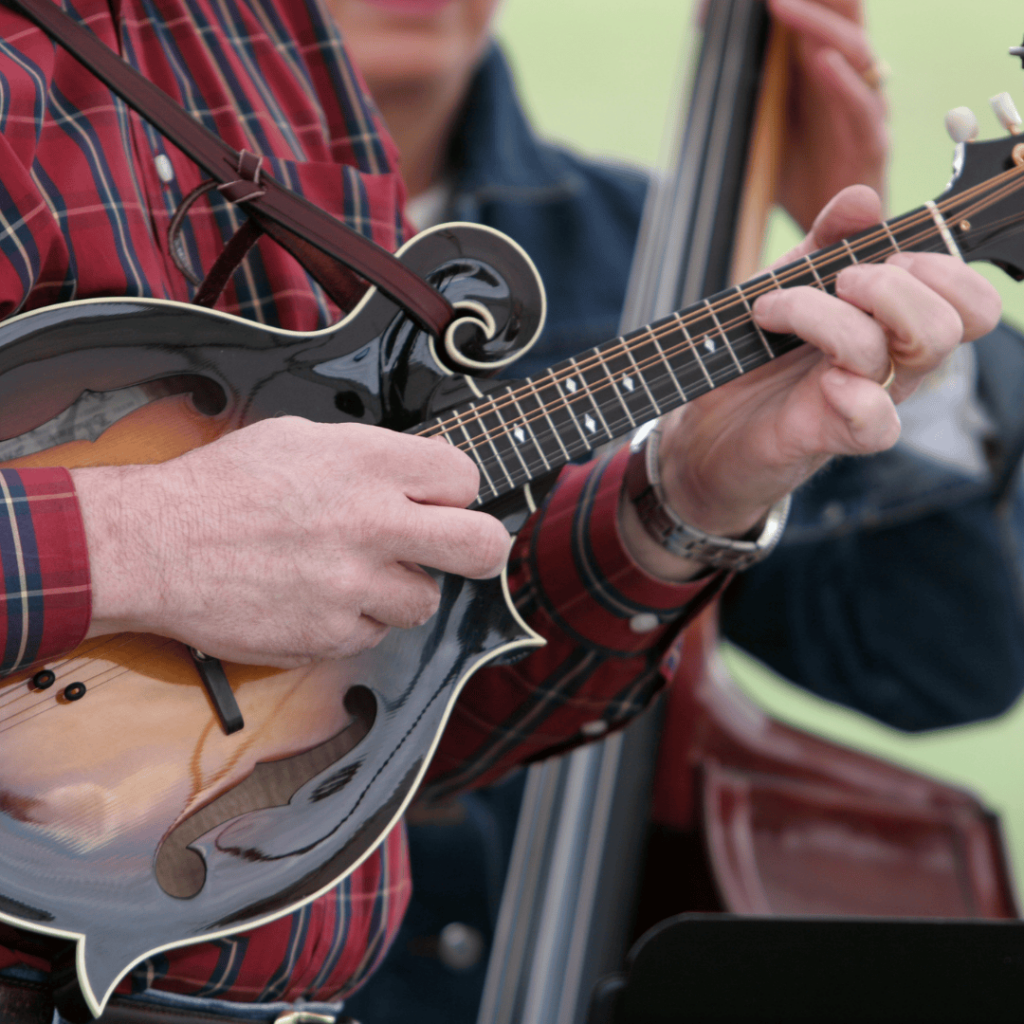









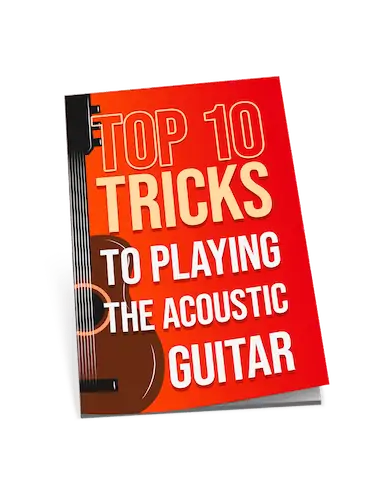
When I tried CGDA tuning, my mandolin sounded like it was underwater. Is that normal, or am I doing something wrong? LOL
I have to disagree with your string recommendation section. While I understand the premise behind suggesting specific brands and types, I think it’s critical for each player to experiment with various strings to find what truly suits their sound and play style. It’s not a one-size-fits-all scenario. Musicians should be encouraged to explore different tensions, materials, and brands to discover their unique sound.
Super stoked to try out these techniques! The fingerpicking part sounds like it’s gonna be a blast. Thanks for the tips, Lewis!
I’ve been playing mandolin casually for a few years now, mainly sticking to chords and simple melodies. Your section on alternate tunings, especially CGDA, caught my eye, Lewis Turner. I’m curious about how transitioning to this tuning might affect the playability of pieces originally composed in GDAE tuning? Are there certain genres or styles where CGDA shines?
Hey TerryW, jumping into alternate tunings is a great way to expand your mandolin skills and uncover new sounds. CGDA is actually the traditional tuning for the mandola, offering a warmer, more mellow sound. It’s really popular in classical and jazz pieces but can add interesting color to any genre. You might find it a bit trickier to play fast bluegrass licks, but it’ll really shine in slower, more melodic pieces.